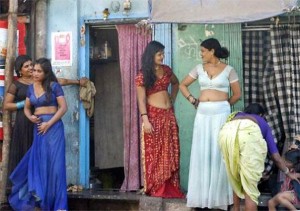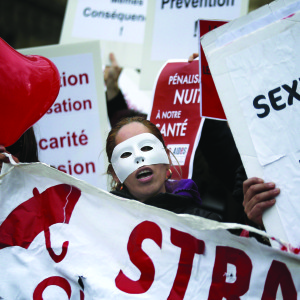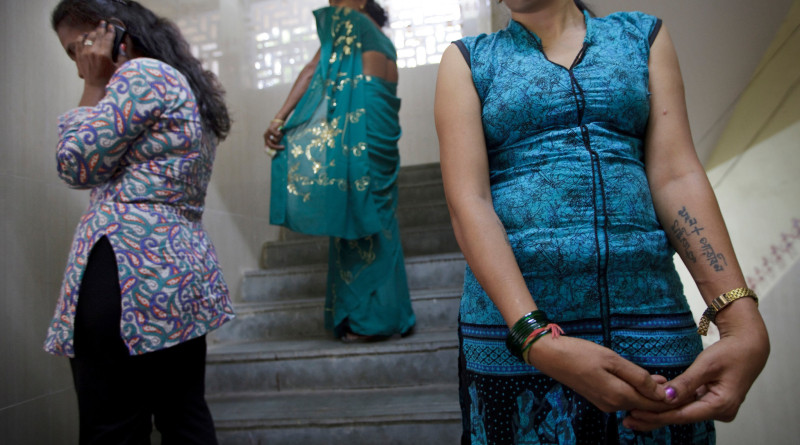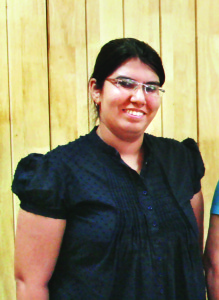Battered Existence
Women and girls are particularly vulnerable to HIV/AIDS due to gender inequalities still prevailing in many parts of the world
By Dr Suneela Garg, Deeksha Khurana
Gender is an inseparable part of HIV/AIDS equation. A disproportionately high number of women and young children bear the burden of this epidemic. According to World Health Organization (WHO) 2014 data, globally 17.4 million women are living with HIV which constitutes nearly 50% of all the adults (36.9 million) living with HIV. According to the WHO, worldwide HIV/AIDS is the leading cause of death among women of reproductive age. In the words of Michel Sidibé, Executive Director of UNAIDS, “This epidemic unfortunately remains an epidemic of women”.
 There are significant regional differences in the proportion of women living with HIV as compared to men. The prevalance of HIV varies from 35% in Eastern Europe and Central Asia to 59% in Sub-Saharan African region.
There are significant regional differences in the proportion of women living with HIV as compared to men. The prevalance of HIV varies from 35% in Eastern Europe and Central Asia to 59% in Sub-Saharan African region.
Women and girls face the following challenges that make them vulnerable to HIV/AIDS:-
Gender Inequality
Gender Inequality is a key driver of the HIV epidemic. Early marriages are still common worldwide, with young girls often forced into marriage and sexual relations resulting in interrupted education and maternal health risks, including exposure to HIV. In most societies, there is power imbalance between men and women where men folk are more dominant as compared to their female counterparts.
Women are often the primary care-givers in the family, including for family members living with and affected by HIV, which can limit their economic opportunities. Also, as sex is considered as taboo in most societies, women have limited access to sexual health information.
 Violence against women
Violence against women
Gender-based violence (GBV) is a pervasive public health and development problem throughout the world that severely increases women’s vulnerability to contracting HIV/AIDS. Studies have shown that the proportion of women, who have experienced physical or sexual violence by an intimate partner in their lifetime, ranges from 15% to 71% globally.
Violence and the threat of violence not only hamper women’s ability to protect themselves from HIV infection but also in healthy sexual decision making. A woman also can be at heightened risk of violence or rejection by disclosing her HIV-positive status.
Lack of access to healthcare services
In some countries, women face significant barriers to accessing healthcare services. A lack of access to comprehensive HIV and sexual and reproductive health (SRH) services means that women are less able to look after their sexual health and reduce their risk of HIV infection. Moreover, healthcare providers often lack the training and skills to deliver youth-friendly services and do not fully understand laws around the age of consent and abortion legislation. This can lead to women choosing to have an abortion because they are misinformed about their options and how to protect their health as well as their child’s. Stigma and discrimination create additional barriers. Judgmental attitudes of healthcare professionals around youth sexuality can result in the denial of healthcare services.
Lack of access to education
When girls attend school, the likelihood that they get married or pregnant at a young age decreases. As many girls drop out of school, they are less likely to access comprehensive sex education. SRH education builds awareness of HIV and how to negotiate relationships, so it is crucial that access to education is scaled up for women.
However, many women who do remain in school do not receive adequate HIV and sex education. Statistics reveal that young women in many countries lack awareness about how to protect themselves from HIV.
HIV testing and counselling for women
A major gap in HIV service provision for women can be found in HIV testing and counseling. In many parts of the world, access to HIV testing is particularly low among young women. Community and home-based testing have been put forward as an effective way of reducing the social and economic costs of going to a facility to test. Moreover, all testing and counseling should be provided confidentially and voluntarily.
Antiretroviral treatment (ART) for women
Prevention of Mother to Child Transmission programs serve as an important entry point for women to access HIV treatment and care services. Although substantial progress has been made in providing services to prevent the mother-to-child transmission of HIV, 27% of pregnant women living with HIV in 2014 still didn’t access antiretroviral drugs (ARVs) for PMTCT.
Countries across the globe are working towards mainstreaming gender into prevention, treatment, and care Programs of HIV. The international agencies are working to reduce gender inequalities and gender-based abuse and violence; expanding priority gender activities; and integrating gender considerations throughout all programming areas. Implementing a five pronged strategy in the form of increasing gender equity in HIV/AIDS activities and services; reducing violence and coercion; addressing male norms and behaviors; increasing women’s legal protection and increasing women’s access to income and productive resources would go a long way in addressing and combating HIV in women.
(The authors are from Department of Community Medicine, Maulana Azad Medical College, New Delhi)



